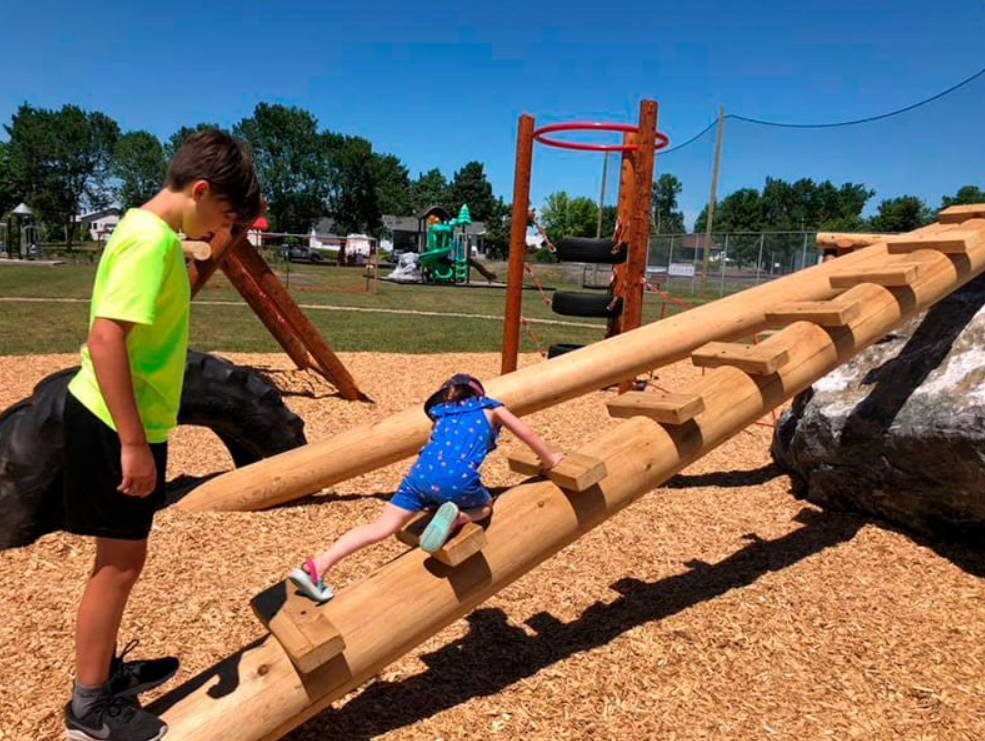Children play without worry when they feel safe and protected, both when they are in a child-friendly environment where they do not perceive any risk and when surrounded by people they know are looking out for their safety and peace of mind. Playgrounds are places specially designed to fulfill this mission: to be a safe, pleasant, comfortable, and, above all, fun area for children of all ages so that they can play without risk. However, parents and caregivers must supervise and care for children to avoid accidents caused by carelessness or unsafe situations. In this article, we will mention some strategies for adequate playground supervision.
Active Supervision
The primary supervision strategy and the most basic one is to make a previous evaluation of the environment and keep monitoring the children, this way you can anticipate risks and warn children about any element or situation that may generate an alert, for example, not to walk in front of the swings when they are using them or not to climb only on high structures designed for older children. Likewise, children should always be within sight of adults to avoid unwanted situations.
Inclusive spaces
Another strategy for supervising children at playgrounds is the creation of inclusive spaces where children can play together, fostering social values such as friendship and companionship, where they learn to take care of each other and respect each other’s actions and personal space. Inclusive playgrounds also have rest areas and site furniture that allow parents and caregivers to be close to the children and interact with them without being intrusive.
Integration of rest areas
As mentioned in the previous paragraph, the integration of rest areas in the playgrounds, including benches, lunch tables, shades, and others, is an ideal meeting point for parents, representatives, and caregivers so that they can observe the children without invading their space, allowing them to share, feel independent and encourage their individuality, communicating with other children, but at the same time, within the range of vision of adults. Thus, they are positioning themselves to protect children from harm, hear sounds from the environment, and anticipate children’s behavior, preventing accidents, falls, and injuries.
Trash and foreign objects
Although playgrounds have different standards and security measures, people’s behavior tends to be unpredictable, so on some occasions, we can find garbage or foreign objects in a playground that can be dangerous for children: broken glass, debris electronics, syringes, rotting food, and nails, among others. Because of this, it is important to supervise the area before children use the facilities.
Educating children
Another way to ensure children’s safety on playgrounds is to educate them on the subject so that they can establish as part of the play routine, activities, or controls, for example, notifying them when they want to change areas on the playground or that they know how to use the appropriate equipment according to their age correctly. It is also essential to teach children to respect playground rules, such as taking turns, sharing playground equipment, and not pushing other children. It is also necessary to teach children to use their voices and ask for help if needed.
What did you think of this topic? Do you want to know more about security in playgrounds?
If you want a Playground for your project, community, school, or park, contact us by visiting the following link.
